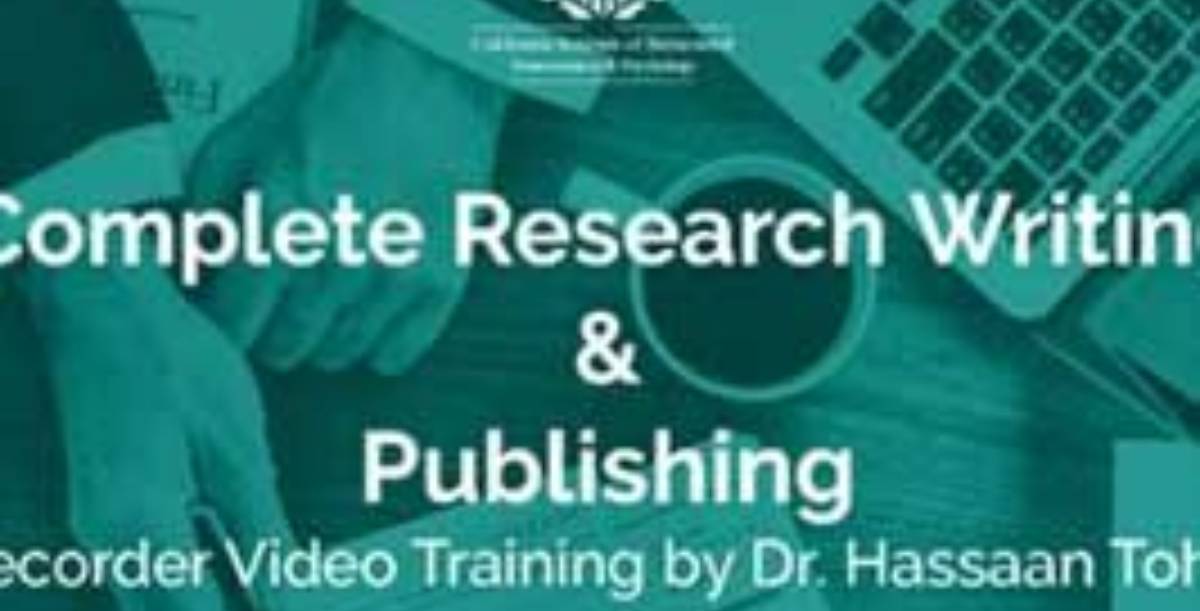What is Critical Analysis?
Critical analysis is an intellectual exercise that involves evaluating and dissecting a subject, be it a piece of literature, a policy, a business strategy, or a scientific study. At its core, it goes beyond mere description or summary, delving into the 'why' and 'how' of the subject matter. This method encourages a deeper understanding, questioning the underlying assumptions, methodologies, and potential biases inherent in the subject.
Key Components
- Objective Examination: It involves an unbiased and thorough examination of the material.
- Contextual Understanding: Placing the subject within its broader context to understand its relevance and implications.
- Argumentative Stance: Formulating a standpoint based on evidence and reasoning.
- Evaluation of Evidence: Scrutinizing the quality and validity of the supporting evidence.
- Conclusion and Implications: Drawing conclusions and exploring the broader implications of the analysis.
Importance of Critical Analysis
In Academic Pursuits
In academia, critical analysis is paramount. It nurtures a culture of inquiry, pushing students and scholars to challenge conventional wisdom and contribute novel perspectives to existing knowledge. It's instrumental in developing
critical thinking skills, essential for navigating complex issues and ideas.
In Professional Settings
In business and professional environments, critical analysis aids in decision-making and strategy formulation. It provides a framework for evaluating risks, benefits, and the potential impact of decisions, ensuring more informed and effective outcomes.
Personal and Societal Impact
On a personal level, critical analysis fosters informed opinions and judgments, vital in a world inundated with information. Societally, it promotes a more engaged and discerning citizenry, capable of understanding and participating in complex discussions on policy and governance.
Methodology: How to Conduct a Critical Analysis
- Comprehension: Start by thoroughly understanding the subject.
- Identification of Themes: Identify the central themes or arguments.
- Evidence Evaluation: Assess the quality and relevance of the evidence.
- Identifying Biases and Assumptions: Recognize any biases or assumptions that may affect the subject.
- Formulating an Argument: Develop your argument or standpoint based on your analysis.
- Writing the Analysis: Structure your analysis logically, ensuring clarity and coherence in your argumentation.
Conclusion
In conclusion, the critical analysis definition illuminates a pathway for intellectual rigor and informed perspectives in various spheres of life. By mastering critical analysis, individuals can enhance their academic pursuits, professional decisions, and personal judgments. This comprehensive understanding not only bolsters one's analytical capabilities but also nurtures a more discerning and insightful approach to the complexities of the world. Ultimately, embracing critical analysis is pivotal for those aiming to engage deeply and thoughtfully in their endeavors, fostering a culture of profound inquiry and rational discourse.







